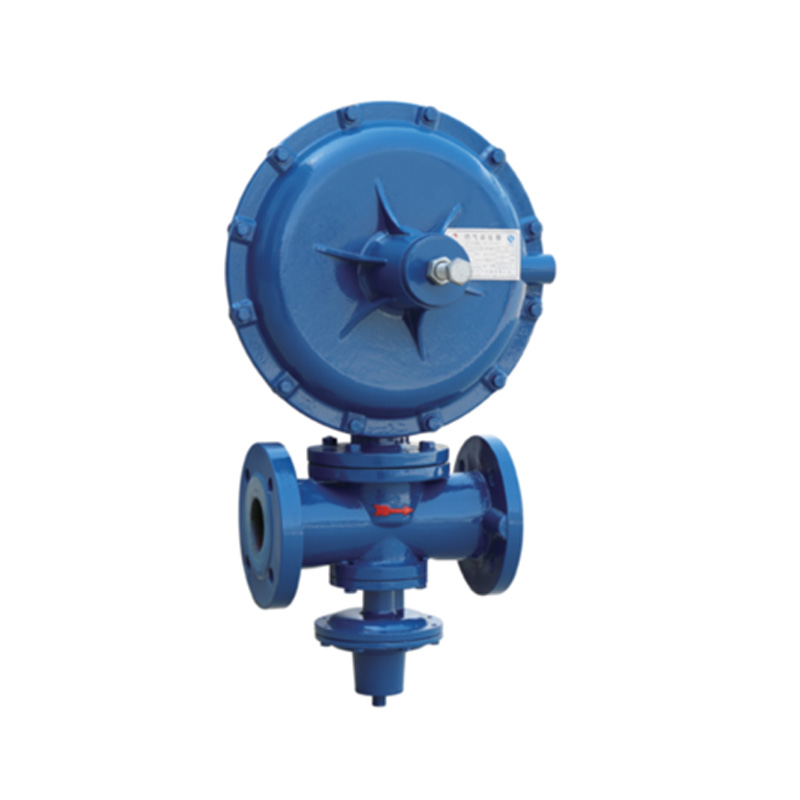
Sep . 30, 2024 00:52
Back to list
Understanding the Functionality and Application of Pressure Reducing Valves in Various Industries
Understanding Pressure Reducing Valves
Pressure reducing valves (PRVs) play a crucial role in various industries by controlling the pressure of fluids in a system. They are designed to automatically reduce a higher inlet pressure to a lower, more manageable outlet pressure. The implementation of PRVs is vital for ensuring safety, efficiency, and reliability in fluid systems, making them essential components in a range of applications from residential plumbing to industrial processes.
How Pressure Reducing Valves Work
PRVs operate based on a simple yet effective mechanism. They consist of a spring-loaded diaphragm or piston that reacts to changes in pressure. When fluid flows into the valve, the diaphragm or piston moves in response to the inlet pressure. As the inlet pressure rises above the preset level, it compresses the spring, allowing the valve to open further, thus reducing the outlet pressure. Conversely, if the outlet pressure drops, the spring expands, and the valve closes slightly, increasing the outlet pressure. This automatic adjustment ensures that the outlet pressure remains stable, even in fluctuating conditions.
Applications of Pressure Reducing Valves
1. Residential Plumbing In household systems, PRVs are used to regulate the water pressure coming from the municipal supply. Excessive pressure can cause plumbing leaks and damage appliances. By maintaining an optimal pressure level, PRVs protect home plumbing systems and extend the lifespan of fixtures and water heaters.
2. Industrial Processes Many industrial applications require consistent pressure levels for optimal operation. PRVs are employed in processes involving steam, gas, and water systems to maintain the desired pressure. In manufacturing, they prevent damage to equipment caused by pressure surges or drops, thereby enhancing operational safety and efficiency.
3. Irrigation Systems In agriculture, PRVs are essential for managing water pressure in irrigation systems. By ensuring that the pressure reaches optimal levels, they help maximize water distribution and minimize waste, leading to improved crop yields.
4. Hydraulic Systems In hydraulic machinery, maintaining the correct fluid pressure is key to ensuring functionality. PRVs regulate fluid pressure within hydraulic circuits, preventing overflow and ensuring smooth operation of hydraulic components.
Benefits of Using Pressure Reducing Valves
Utilizing PRVs offers several advantages
- Enhanced Safety By regulating pressure, PRVs prevent potential hazards such as pipe bursts or equipment failure due to excessive pressure.
pressure reducing valve

- Increased Equipment Longevity Maintaining optimal operating pressures protects machinery and piping systems from wear and tear, reducing maintenance costs and extending equipment life
.- Improved Energy Efficiency PRVs can help decrease energy consumption by minimizing unnecessary pressure levels, thus reducing the workload on pumps and other equipment.
- Cost Savings By preventing leaks and ensuring efficient operation, PRVs contribute to significant reductions in water and energy bills.
Maintenance of Pressure Reducing Valves
To ensure the effective operation of PRVs, regular maintenance is crucial. Some key maintenance practices include
- Regular Inspections Conduct periodic inspections of PRVs to check for signs of wear, leaks, or malfunction. Early detection of issues can prevent larger problems down the line.
- Cleaning Accumulation of debris can affect performance. Regularly clean the valve and surrounding pipes to ensure smooth operation.
- Calibration Over time, the settings on PRVs can shift. Regular calibration ensures that the valve maintains the desired outlet pressure effectively.
- Replacement If a PRV becomes faulty or worn out, it’s essential to replace it promptly to maintain system integrity.
Conclusion
Pressure reducing valves are invaluable components in a multitude of applications, from residential plumbing to complex industrial systems. By understanding their function, benefits, and maintenance requirements, users can optimize their performance and enhance the safety and efficiency of fluid systems. Whether in homes or industries, the importance of PRVs cannot be overstated, as they serve to protect both infrastructure and resources alike. The careful selection, installation, and maintenance of these valves contribute to the overall success of fluid management systems and the sustainability of operations.
Latest news
-
Safety Valve Spring-Loaded Design Overpressure ProtectionNewsJul.25,2025
-
Precision Voltage Regulator AC5 Accuracy Grade PerformanceNewsJul.25,2025
-
Natural Gas Pressure Regulating Skid Industrial Pipeline ApplicationsNewsJul.25,2025
-
Natural Gas Filter Stainless Steel Mesh Element DesignNewsJul.25,2025
-
Gas Pressure Regulator Valve Direct-Acting Spring-Loaded DesignNewsJul.25,2025
-
Decompression Equipment Multi-Stage Heat Exchange System DesignNewsJul.25,2025

